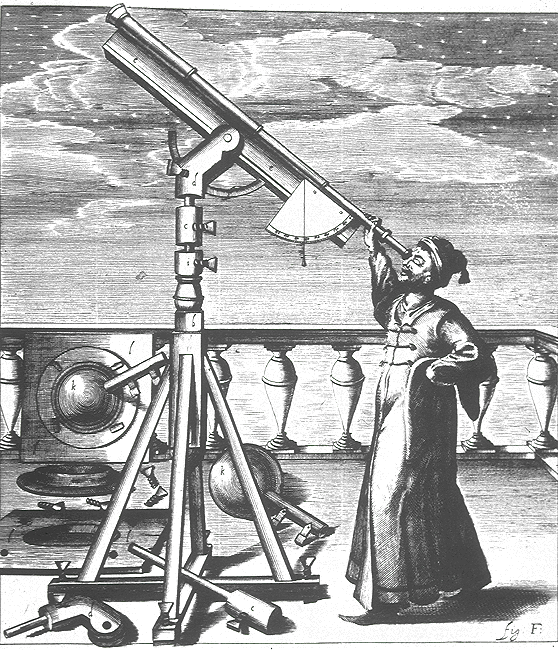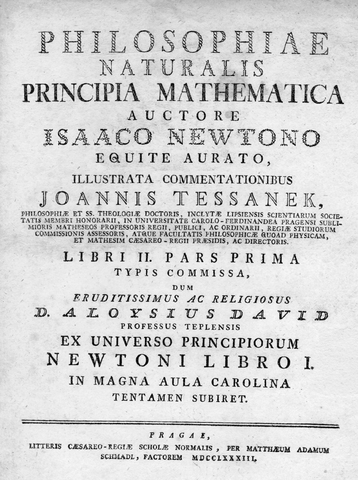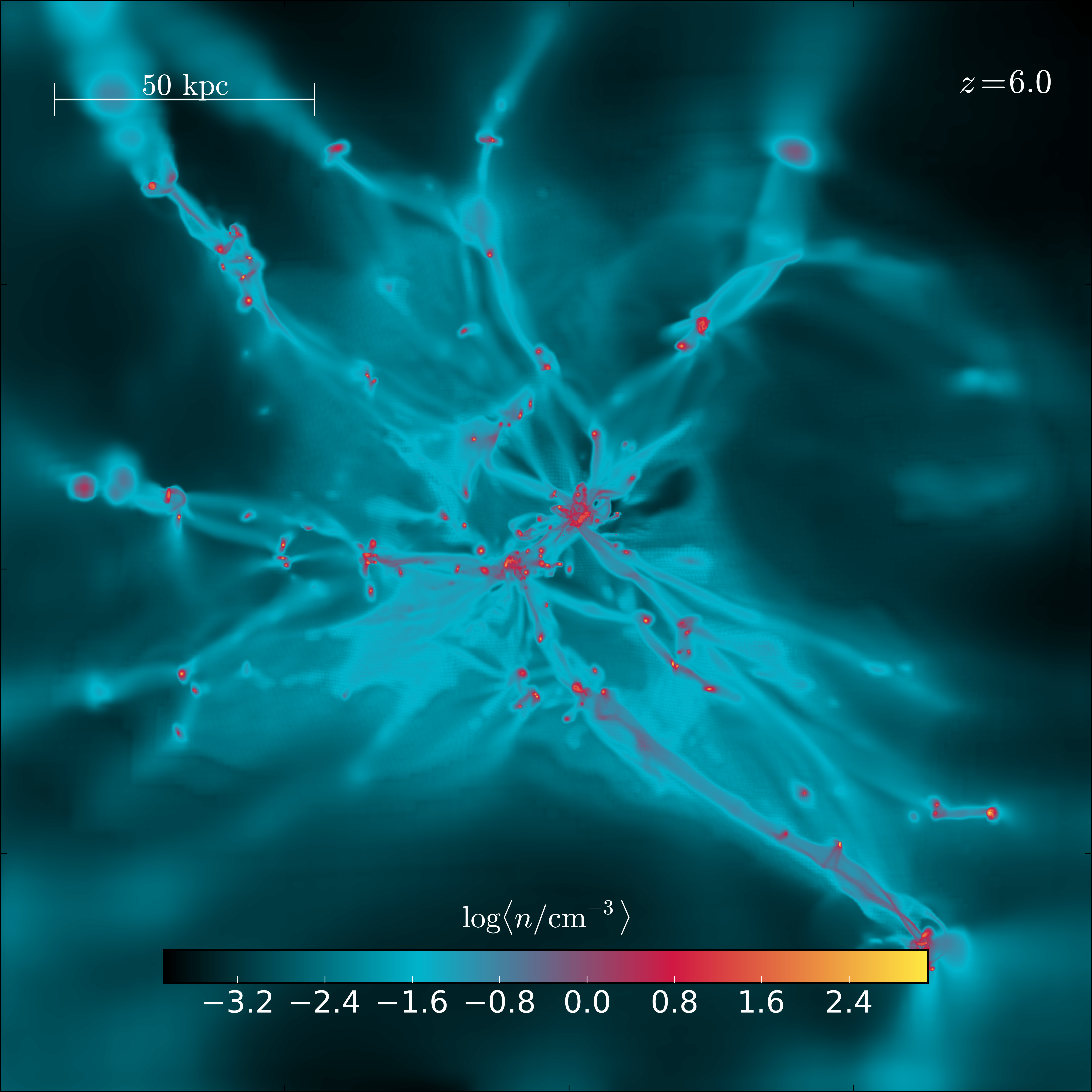Modelling and Inference: the détente
James Hetherington
2017-07-11
Data Fundamentalism and the problems of Big Modelling
Weaknesses of the Third Paradigm
- Huge parameter spaces
- Glorified curve fitting
- Without statistical rigour
- Labour intensive parameter management
Weaknesses of the Third Paradigm
- Computational expense
- Large result sets
- Unwieldy meta-analysis
- In-situ data reduction
Weaknesses of the Fourth Paradigm
- Does not produce insight
- Lack of traceability
- Need for defensible and auditable machine decisions
- Problems with extrapolation: 'what if'.
- Prefers labelled examples (supervision)
Use what you know
- Machine learned models with physically informed structure
- Biological systems and the soft-switch
- Physical understanding as a prior in function space?
Machine assisted parameterisation
- Use machine assistance to explore:
- Parameterisation literature
- DBs
Do inference with your models
- Statistically rigorous approaches to parameter fitting and model selection
- Modelling with uncertainty
- Stochastic programming
Do inference with your models
- Fit simpler structures to your mechanistic models to save time
- Need a rigorous approach to model run management


